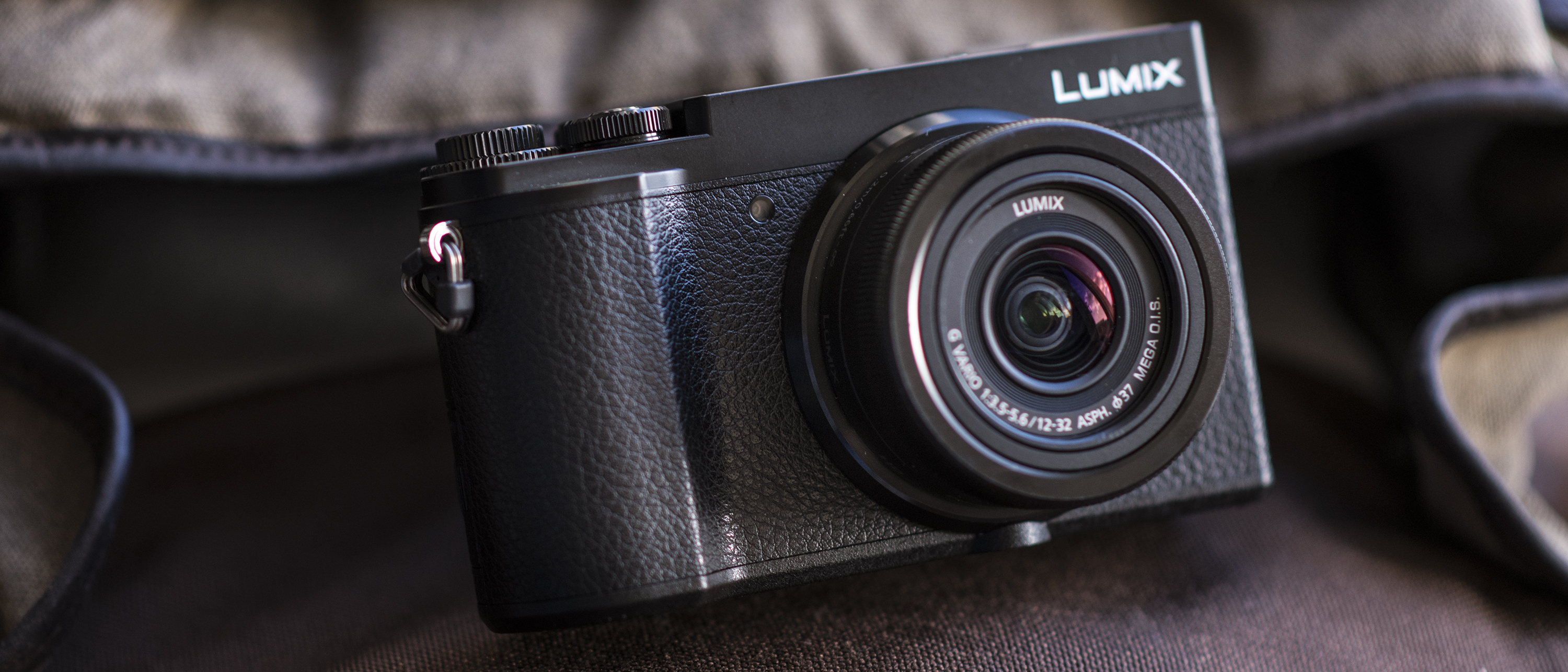TechRadar Verdict
In many ways the Lumix GX9 takes two steps forward over the GX8, but one step (maybe half a step) back. While there's perhaps a little too much reliance on the touchscreen interface for some, especially when selecting your desired AF area, the GX9 is a nice camera and a very solid performer – it just doesn't do quite enough to stand out from the crowd.
Pros
- +
Compact design
- +
4K video and 4K Photo modes
- +
Hybrid stabilization system
- +
Responsive touchscreen
- +
Built-in flash
- +
Fast focusing speeds in Single AF
Cons
- -
AF selection fiddly
- -
Awkward rear control dial
- -
16:9 aspect ratio viewfinder
- -
Body isn't weather-sealed
Why you can trust TechRadar
The Lumix GX9 is the successor to one of the oldest mirrorless cameras in Panasonic's current range, the Lumix GX8. Aimed at the enthusiast photographer who wants a compact but high-performance camera, the GX9 is Panasonic's latest premium rangefinder-style mirrorless camera, and sits above the cheaper but very similar-looking Lumix GX85 (GX80 outside the US) in the Lumix range.
The difference between the GX9 and Panasonic’s new Lumix G9 is that the GX9 is a smaller, more compact camera designed for portability – hence the ‘street’ camera label. This small size also makes it ideal as one of the best travel cameras. The G9 is a bigger camera, styled like a DSLR and better suited to sports, action, bigger lenses and more ambitious styles of photography.
Features
- Low-pass filter removed from sensor
- 4-stop built-in image stabilization
- EVF and screen downgraded from GX8
Sensor: 20.3MP Micro Four Thirds Live MOS
Lens mount: Micro Four Thirds
Screen: 3.0-inch tilt-angle touchscreen, 1,240,000 dots
Burst shooting: 9fps
Autofocus: 49-area AF
Video: 4K
Connectivity: Wi-Fi and Bluetooth
Battery life: 250 shots
Weight: 450g
The Lumix GX9 uses the same 20.3MP Micro Four Thirds sensor that was in the GX8, but Panasonic has removed the low-pass filter from the sensor in the newer camera. This is intended to improve fine detail rendition, with the trade-off that it also increases the risk of moiré effects (interference patterns) in fine textures and details.
In another effort to improve the ultimate detail recorded by the GX9, Panasonic has redesigned the sensor mechanism to achieve a claimed 90% reduction in shutter shock (vibration caused by the shutter that can cause blurring of fine detail).
Inside the GX9, the in-body image stabilization system has been enhanced with 5-axis compensation, which works alongside Panasonic’s in-lens optical stabilizers to enable you to use shutter speeds four stops slower than would otherwise be possible and still achieve sharp shots.



The Lumix GX9 comes with 4K video, as we’d expect from Panasonic, and enhanced 4K Photo modes. Here, the camera uses its 4K video processing power to capture images designed to be exported as 8MP stills. The 4K burst mode captures frames at an impressive 30fps, and the GX9’s new auto-marking feature puts markers in the sequence where there’s a significant change in the frame content, to help you find key moments later.
The 4K Post Focus mode is even more impressive. In this mode the camera captures a short burst using every focus point, and in playback mode you can simply tap on the picture to choose the focus point you want. This enables you to do something which feels like it ought to be impossible: adjust the focus after you’ve taken the shot. And new in the Lumix GX9 is in-camera focus stacking, so you no longer need a computer to merge a series of images with different focus points into a single photo that’s sharp from front to back – something that's impossible to achieve in macro photography with a single exposure.
Sign up for breaking news, reviews, opinion, top tech deals, and more.
The viewfinder also has a 16:9 aspect ratio – great if you're planning to shoot a lot of video, but for stills with a 4:3 aspect ratio, quite a lot of real estate is lost either side of the frame
Like both the GX7 and GX8, the Lumix GX9 features a tilting electronic viewfinder, but there are some differences compared to its predecessor. While resolution remains the same at 2.7 million dots, the technology has changed, from OLED to a not so nice field-sequential design, with the magnification decreasing from 0.77x to 0.7x.
The viewfinder also has a 16:9 aspect ratio – great if you're planning to shoot a lot of video, but for stills with a 4:3 aspect ratio, quite a lot of real estate is lost either side of the frame (which obviously means a lower magnification).
There have been a number of changes to the rear display as well. The screen size stays the same at three inches (with touchscreen control), but again OLED technology makes way for a TFT display, although here there's been a slight boost in resolution, to 1,240,000 dots.
The way the screen can be pulled away from the body has also been revised from the GX8, with that camera's vari-angle mechanism that's hinged on the side of the camera replaced by a tilt-angle design, which doesn't offer quite the same range of movement.
The Lumix GX9 gets Bluetooth as well as Wi-Fi connectivity, with the former enabling a constant connection to your smartphone with minimum power consumption.

Phil Hall is an experienced writer and editor having worked on some of the largest photography magazines in the UK, and now edit the photography channel of TechRadar, the UK's biggest tech website and one of the largest in the world. He has also worked on numerous commercial projects, including working with manufacturers like Nikon and Fujifilm on bespoke printed and online camera guides, as well as writing technique blogs and copy for the John Lewis Technology guide.
